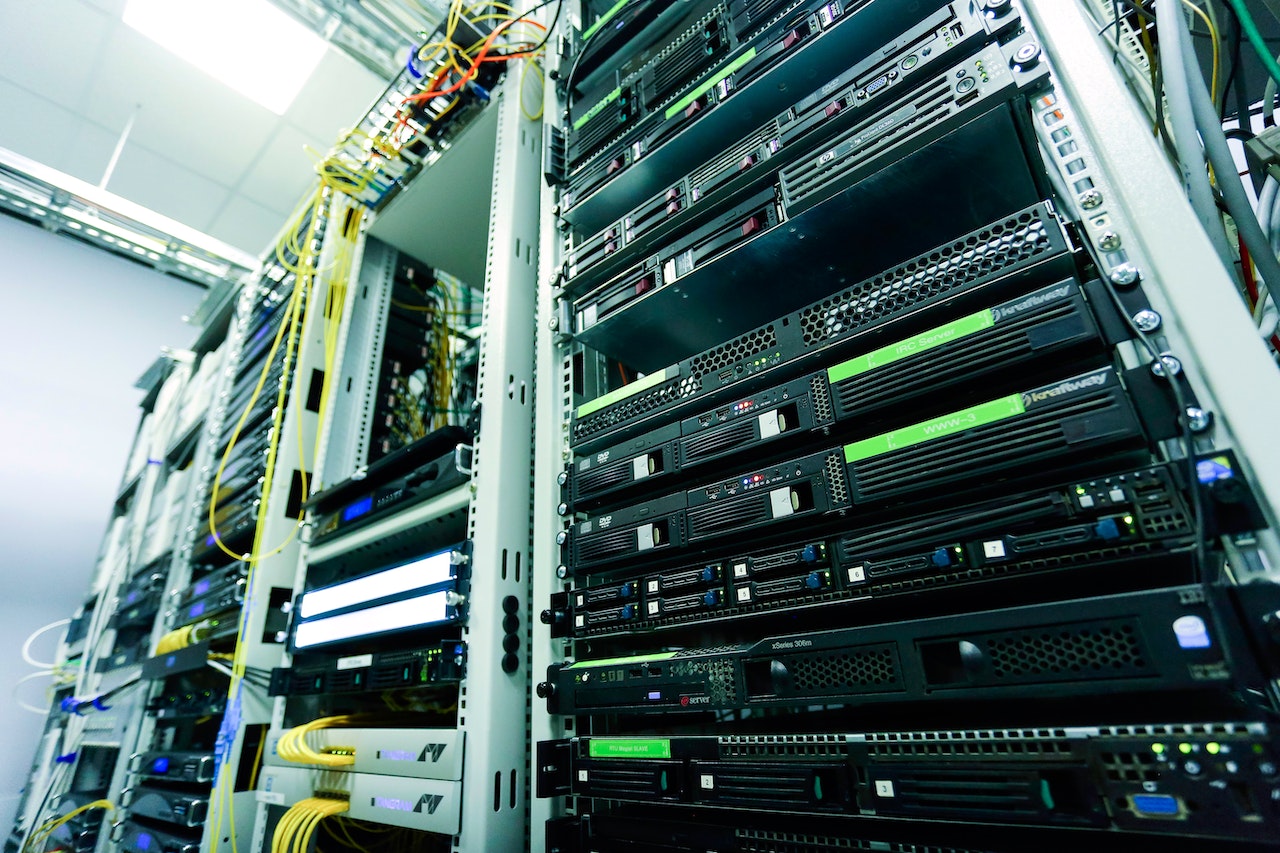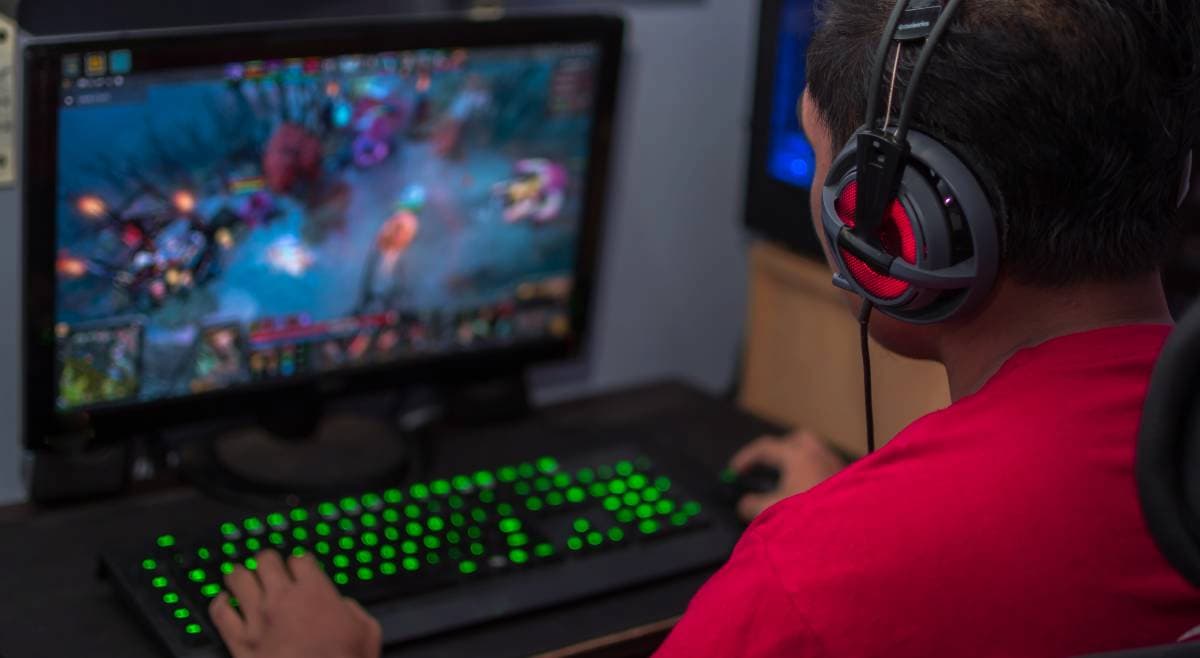One of the main tasks for an Internet service provider is to assign tariff plans to subscribers A special equipment (Broadband Network Gateway (BNG) or Broadband Remote Access Server (BRAS)) is responsible for this. Such equipment allows subscribers to automate the access to the Internet by applying the policies of tariff plans and additional billing options. Here’s how it all works.
Modern BNG
The main reason for making changes to the existing data network is the growth of traffic volumes. When investing in the network infrastructure, modern providers consider those solutions which will not only increase its capacity, but will also make the business more profitable and competitive.
The second important factor is unstable operation of existing BNG equipment. There are situations when BNG fails and it is urgent to replace it. Or the BNG works with serious delays, and the stable operation of the gateway is a business-critical process.
The next most important factor is implementation of the NAT (Network Address Translation) service. It is a technology of transformation of private (gray) IP addresses into external (white) ones. In this case, the operator needs to decide whether to implement NAT separately or as part of a BNG solution.
When choosing a particular solution, the operator has to balance the interests of engineers, management and marketing. For the former, ease of use and good product support are important. The management is thinking about preserving investments and the vendor’s reliability. And for marketers it is important to be able to get detailed information about users.
Virtual BNG: features
vBNG is a software-definite product which is installed on standard server hardware, on x86 architecture. Hardware specifications are issued by the vBNG vendor. “Hardware” can be purchased from a partner of the system vendor, or you can use your own hardware that meets the requirements.
The vBNG licenses can be flexibly adapted. You can upgrade without replacing hardware, “merge” two licenses on one device, split them and transfer them from device to device. Usually, all this is available as part of technical support.
Almost all vBNGs on the market are, to varying degrees, heavily modified software Layer-3 OSI model routers. There are a large number of solutions on the market from different vendors – from small SW-developers startups, to large international brands of the telecom industry. Nevertheless, for all such programs, we can distinguish common features:
x86 platform architecture
Control Plane – *nix OS (Centos, RHEL) or FreeBSD
Data plane – Intel DPDK or PF-Ring ZeroCopy
But there are also atypical vBNGs based not on Layer-3 routers but on the DPI (Deep Packet Inspection) system. They are L-2 Bridge type devices. Let us take a look at the Stingray Service Gateway. This solution combines BNG, DPI, NAT, Router functionality in one device.
Routing for L-2
Stingray SG is a Layer-2 Bridge with routing capabilities. Routing support is implemented based on router daemons (service background programs) in a separate VRF namespace. Here’s how it works:
All VLANs (L2 domains) come to all Stingray BNG devices in the service provider’s network. Stingray BNGs can operate in Active-Passive as well as Active- Active modes in balancing mode. After Stingray SG receives ARP, DHCP or PPPOE packet, it performs authorization and after its successful execution starts to announce via OSPF/BGP on Border router route of the subscriber. Also, in the case of the nat pool, at the time of its creation, it begins to announce to the router information about the white subnet.
The router process runs on separate threads and CPU cores within a standard x86 server platform. At startup, the system sets the default thread parameters, and you can change them later.
It is worth noting that the router process adds to the RAM requirements of the hardware platform. Currently, the popular software router BIRD is used. In other updates, the vendor plans to add other daemons as well – FRR, QUAGGA, Juniper CRPD.
Combining different roles on the basis of one hardware-software complex allows communication operator not only to fulfill the group of main tasks by means of one device, such as BNG, NAT, Routing, but also to get additional possibilities for network development with the help of DPI technology. And the transparent redundancy scheme and single point of complex management will reduce the load on the system administration group.
The BNG is the most important element in the service provider’s network. However, its other elements are also important, so combining all these functions in one device on a unified platform with a freeware operating system, you can get a solution for a modern telecom operator with great plans and opportunities for business growth.










